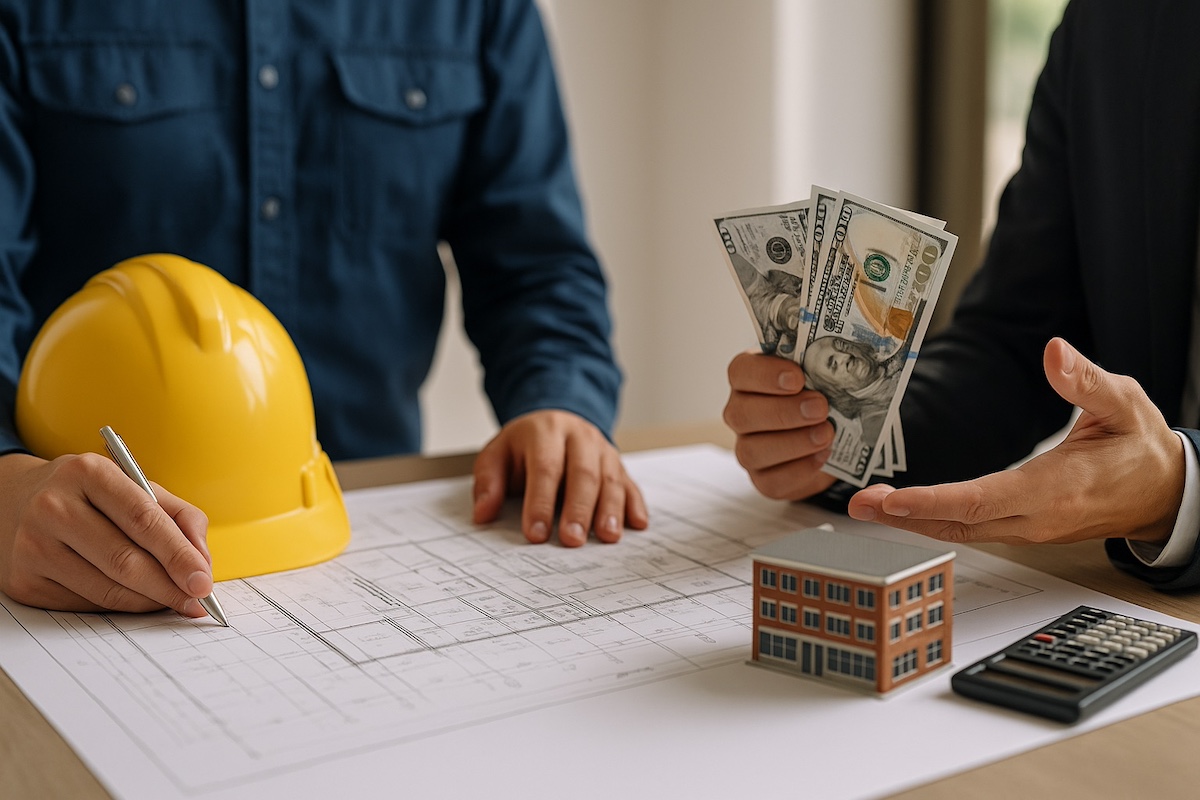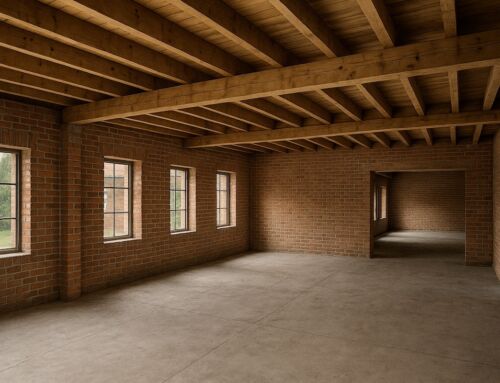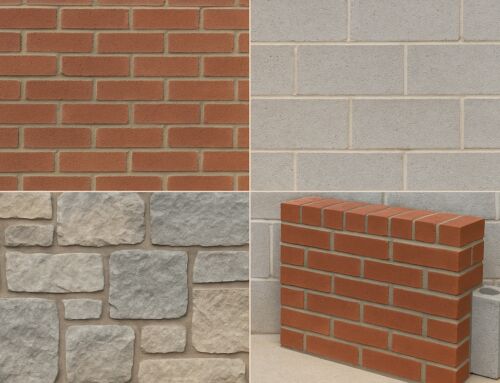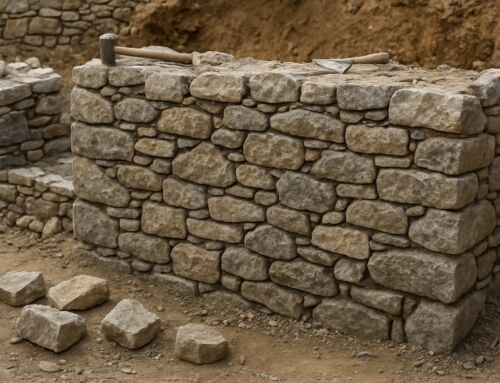When it comes to planning a commercial construction project, understanding how money is spent is just as important as laying the foundation. One of the most important distinctions in any construction budget is between hard costs and soft costs.
Both types of expenses are necessary, but they serve very different purposes. Hard costs cover the physical construction including the bricks, steel, and concrete, while soft costs cover everything that supports the project behind the scenes, like design, permits, and insurance.
In this guide, we’ll break down what each of these costs means, share real-world examples, and explain why knowing the difference matters for your project’s success.
What Are Construction Costs?
Construction costs include all the money spent to complete a project, from start to finish. These are generally split into two categories:
- Hard Costs – Tangible, physical costs of construction
- Soft Costs – Indirect, non-physical expenses
This breakdown helps project owners, contractors, and developers manage budgets more effectively and avoid unpleasant surprises during construction.
What Are Hard Costs in Commercial Construction?
Definition
Hard costs are the direct costs tied to building the physical structure. Think of anything you can see, touch, or stand on in a finished building. These costs usually make up the majority of the budget and are easier to estimate upfront.
Common Examples of Hard Costs
- Materials – Concrete, steel, bricks, wood, glass, drywall
- Labor – Construction crew wages
- Mechanical Systems – HVAC units, plumbing, electrical wiring
- Site Work – Excavation, grading, foundation work
- Finishes – Flooring, ceilings, windows, paint, trim
- Landscaping – Grass, trees, walkways, outdoor lighting
- Equipment – Cranes, lifts, tools, and safety gear used during construction
Key Characteristics
- Tangible and measurable
- Typically account for 60–85% of the total budget
- Easier to quote and track over time
- Directly impact construction timelines and scope
If a project is delayed due to a materials shortage or rising steel prices, those are changes in hard costs.
What Are Soft Costs in Commercial Construction?
Definition
Soft costs are indirect expenses that support the construction but aren’t part of the physical structure. These often start before construction begins and continue after the project is completed.
Common Examples of Soft Costs
- Design Fees – Architects, engineers, consultants
- Permits and Approvals – Zoning, environmental, building permits
- Legal and Accounting Services
- Insurance and Bonds
- Project Management Fees
- Loan Interest and Financing Charges
- Marketing and Leasing (for commercial properties)
Key Characteristics
- Intangible and harder to quantify
- Often variable depending on the project’s complexity
- Can represent 15–30% of total costs
- May continue post-construction, especially for leasing, legal matters, or administrative overhead
Ignoring soft costs in your budget can lead to underestimating how much capital is truly needed.
Hard Costs vs Soft Costs: A Side-by-Side Comparison
Definition
- Hard Costs: Direct physical construction expenses
- Soft Costs: Indirect project-related expenses
Examples
- Hard Costs: Labor, materials, HVAC, finishes
- Soft Costs: Permits, design fees, insurance, financing
Tangibility
- Hard Costs: Physical and visible
- Soft Costs: Non-physical, service-based
Timing
- Hard Costs: Mostly during construction
- Soft Costs: Before, during, and after construction
Variability
- Hard Costs: More predictable
- Soft Costs: Often variable and harder to control
Why the Difference Matters in Commercial Projects
1. Better Budgeting and Cost Control
Separating hard and soft costs allows for a more detailed and realistic budget. Investors and banks often request this breakdown when financing large-scale projects.
2. Improved Risk Management
Soft costs are often overlooked or underestimated, especially in the early stages. When accounted for properly, project owners can avoid financial shortfalls or delays due to missed paperwork, permit issues, or legal reviews.
3. Smoother Loan and Insurance Approvals
Lenders and insurers want detailed insights into where the money is going. A clear breakdown of hard and soft costs makes your project look more credible and reduces approval delays.
4. Accurate Tax Planning
Some soft costs, such as design or legal fees, may be eligible for capitalization or depreciation. Understanding these classifications can help maximize tax benefits and minimize liability.
Tips to Estimate and Manage Hard and Soft Costs
- Start Early: Engage an estimator or quantity surveyor during the planning stage
- Use Software Tools: Platforms like Procore or Buildertrend can help you track costs in real-time
- Get Fixed-Price Contracts: Locking in labor and material costs reduces risk
- Set Contingency Budgets: Allocate 10–15% of your budget for unexpected costs, especially soft costs like delays or design changes
- Track Every Expense: Don’t just track large invoices—smaller items like consultant meetings or permit revisions can add up
Related Reading – What is CMU in Construction?
FAQs About Hard and Soft Costs
Are contractor fees hard or soft costs?
It depends. If the contractor is billing for labor and materials, that’s a hard cost. If they charge for project supervision or administrative work, that’s a soft cost.
Can I capitalize soft costs on my taxes?
Yes, many soft costs can be capitalized, especially if they relate to design, legal work, or financing. Always confirm with a CPA or tax advisor.
How much of my total budget should go to soft costs?
Typically, soft costs make up 15% to 30% of the total construction budget. However, in complex projects (like hospitals or multi-use developments), this number can be higher.
Conclusion: Plan Smart, Build Smart with Dixon Inc
At Dixon Inc, we’ve been helping businesses build smarter across Michigan with comprehensive commercial construction solutions. One of the first things we guide our clients through is understanding where their money is going, because smart planning starts with knowing the difference between hard and soft costs.
Whether you’re constructing a new office complex, industrial facility, or commercial center, managing costs effectively is essential. Hard costs get the building up; soft costs get the project approved, financed, and running smoothly. You need both to succeed—and a trusted partner to help you balance them.
From concrete to compliance, Dixon Inc has the tools, expertise, and experience to deliver your project on time and within budget. If you’re looking for a partner who understands the full picture, let’s talk.
We’re not just builders, we’re planners, problem solvers, and long-term partners committed to your project’s success.





